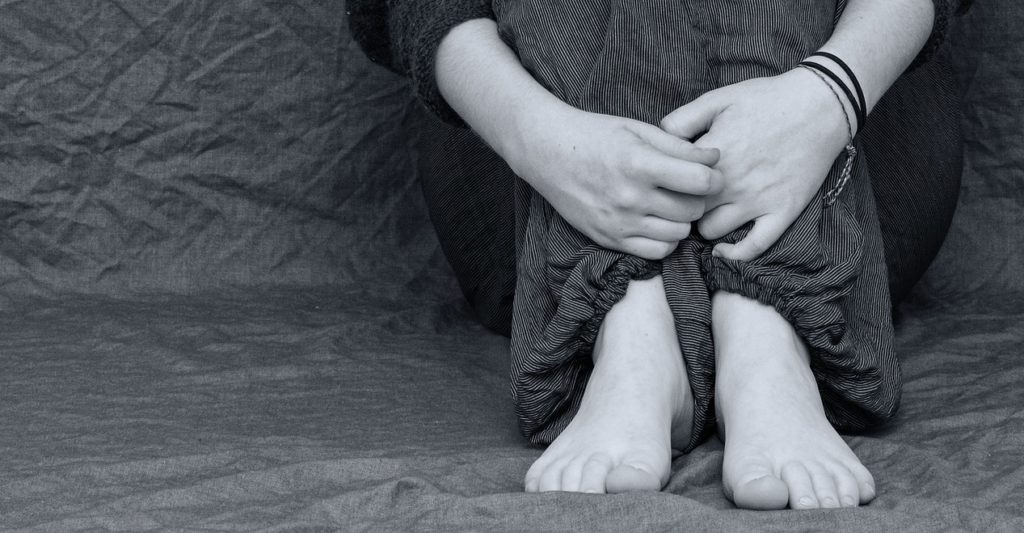
From the Washington State Department of Health
OLYMPIA — Recently released Healthy Youth Survey data show a high and increasing number of Washington youth reported feeling so sad or hopeless they stopped a usual activity or seriously considered suicide in the past year.
The number of students who reported feeling anxious, nervous or on edge or not being able to stop worrying is also on the rise.
Based on statewide rates, a typical 10th grade classroom of 29 students would include about:
- 10 students who said they felt nervous, anxious or on edge or couldn’t stop or control worrying in the last two weeks
- 12 students who have felt sad or hopeless for two weeks or longer in the past year
- Three students who attempted suicide in the past year
These numbers may seem high, in part because we don’t talk openly about mental health and may not realize how many students are feeling distress.
Survey results also show deep disparities, with certain groups of students feeling distress at significantly higher rates.
Female students and students who identify as lesbian, gay or bisexual reported higher rates of feeling sad, hopeless or anxious, and were more likely to have experienced bullying in the past month.
Differences in rates for racial and ethnic groups vary from question to question, but non-Hispanic students who are Native American/Alaska Native, Native Hawaiian/Pacific Islander or multiracial experience higher rates of feeling sad or hopeless than students who are non-Hispanic and white.
While the trends are concerning, adults and peers can help students in distress.
Caring adults, along with knowledgeable schools and communities, can help young people feel connected to a support network and learn skills to cope with the challenges they face.
Talking to an empathetic listener and using coping skills can help de-escalate a crisis. Suicide is preventable and mental health conditions can be treated.
Here’s how to help:
- Have open conversations about mental health. Only about half of students said they have adults to turn to for support when they feel sad or hopeless. About 13 percent of 10th graders who reported feeling sad or hopeless for at least two weeks in a row said they didn’t have anyone to talk to. It can be difficult to start a conversation, but there are many resources available to guide you.
- Know what to look for and ask questions. Keep an eye out for common signs of distress and the warning signs of youth suicide. If you’re concerned someone is thinking about suicide, it’s important to ask them directly, even if it feels uncomfortable.
- Encourage youth to reach out for support. Everyone needs help sometimes. If you know a young person who is struggling, encourage them to talk to a trusted adult or access free, confidential support 24/7 by calling the National Suicide Prevention Lifeline at 800-273-8255 or texting HEAL to 741741 for the Crisis Text Line.
- Prioritize safety. If you believe someone is in immediate danger of suicide and has access to a firearm or other potentially deadly means, call 911. If they’re struggling but not in immediate danger, help them make a safety plan and connect to services.
Everyone can play a role in supporting youth mental health. To learn more about the Healthy Youth Survey and access data reports and resources, visit www.AskHYS.net.
The Healthy Youth Survey is administered every other year by the Office of the Superintendent of Public Instruction, Department of Health, Health Care Authority and Liquor and Cannabis Board. In 2018, more than 230,000 students throughout Washington state took the survey.


